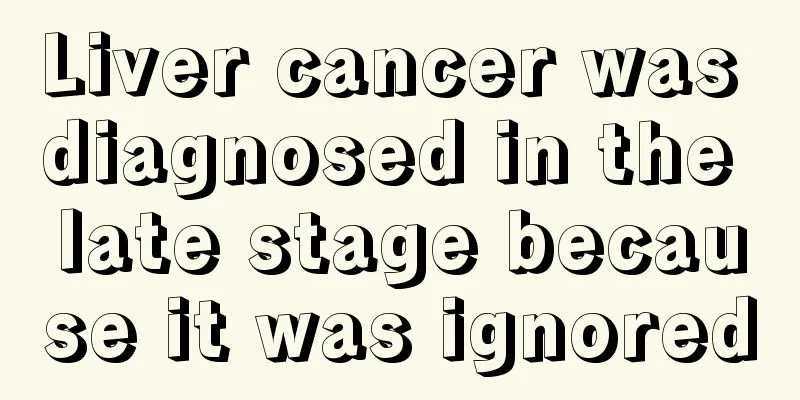The dangers of nailing fractures

|
Middle-aged and elderly people are very prone to fractures, especially those with osteoporosis. Bone problems must be treated promptly and not delayed, otherwise it will cause more bone diseases, which is very harmful to the body. Fixing fractures with steel nails is a common treatment method. What are the dangers of fixing fractures with steel nails? The following is a detailed introduction so that you can have more understanding of this type of problem. The principle behind using steel nails to fix broken bones is that only the bones of the limbs are particularly narrow and long. For general avulsion fractures, plaster fixation can restore the avulsion fracture; however, for rupture and dislocation fractures, apposition connection is required. Stainless steel plates and stainless steel nails are used at the joints of broken bones to firmly fix the dislocated broken bones back into place, which helps the broken bones to heal slowly, so as to avoid malalignment and bone deformity, which will directly affect normal life in the future and cause inconvenience. We also have a fixed connection method and a willow connection method for the small clavicle in the shoulder. The typical manifestations of fracture patients are local deformation after injury, abnormal movement of limbs, and bone friction sound when moving the limbs. In addition, the wound is extremely painful, with local swelling and bruising, and movement disorders occur after the injury. The ultimate goal of fracture treatment is to restore the function of the injured limb to the maximum extent possible. Therefore, in the treatment of fractures, the three basic principles of reduction, fixation and functional exercise are very important. 1. Reset It is to restore the displaced fracture ends to their normal or close to original anatomical relationship, so as to restore the supporting function of the bones. There are two methods of reduction: closed reduction and surgical reduction. 2. Fixation After the fracture is reduced, it is unstable and prone to re-displacement. Therefore, different methods should be used to fix it in a satisfactory position so that it can heal gradually. Commonly used fixation methods include: small splints, plaster bandages, external fixation brackets, traction and braking fixation, etc. These fixation methods are called external fixation. If the incision is made during surgery and fixed with steel plates, steel pins, intramedullary nails, screws, etc., it is called internal fixation. 3. Functional exercise By contracting the muscles of the injured limb, blood circulation in the tissues surrounding the fracture is increased, fracture healing is promoted, and muscle atrophy is prevented. By actively or passively moving the unfixed joints, joint adhesion and joint capsule contracture are prevented, so that the function of the injured limb can be restored to its normal state before the fracture as soon as possible. |
<<: Can fractured bones and dislocations be repaired by themselves?
>>: How long does it take to recover from muscle atrophy after fracture through exercise
Recommend
Is leg pain caused by bladder cancer?
Bladder cancer is clinically classified as a mali...
Before washing, twist your waist
Recently, I have found many patients in the outpa...
Early symptoms of internal bleeding, teach you three characteristics and treatment
Internal bleeding is a very serious problem. Some...
Left inferior wall myocardial infarction
The symptoms of left inferior wall myocardial inf...
How to blow your lung capacity higher
Blowing lung capacity is an activity that student...
Contraindications of influenza vaccine
Vaccines are mainly drugs developed to prevent ce...
Can taking blood-activating and blood-stasis-removing medicine cause miscarriage?
There are many drugs that can promote blood circu...
Is it okay to use oil absorbing paper on oily face
For friends with oily skin, oily face is a common...
What are the late symptoms of cerebral atrophy?
Many people have suffered from brain atrophy in t...
How to choose a refrigerator
Refrigerators are common household appliances. Th...
What fruits and vegetables should I eat if I am deficient in vitamins
It is well known that fruits and vegetables are r...
This is what the tensor fasciae latae is all about
In daily life, when people go to the hospital for...
How to sober up the fastest and easiest way
When people drink, it is inevitable that they dri...
Why is the boiled barley water yellowish
Barley water can not only be drunk, but also used...
What are the effects of drinking Astragalus and Ophiopogon soaked in water?
What are the effects of drinking water soaked wit...









